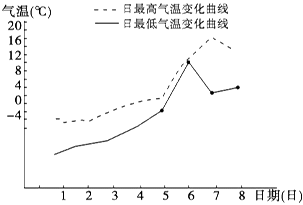| Aspirin is one of the safest and most effective drugs invented by man. The most popular medicine in the world today, it is an effective pain reliever. Its bad effects are relatively mild. It is also cheap. For millions of people suffering from arthritis, it is the only thing that works. Aspirin, in short, is truly the 20th-century wonder drug. It is also the second largest suicide drug and is the leading cause of poisoning among children. It has side effects that, although relatively mild, are largely unrecognized among users. Although aspirin was first sold by a German company in 1899, it has been around much longer than that. Hippocrates, in ancient Greece, understood the medical value of tree barks and leaves which today are known to contain a chemical found in aspirin. During the 19th century. there was a great deal of experimentation in Europe with this chemical, and it led to the introduction of aspirin. By 1915, aspirin tablets were available in the United States. A small quantity of aspirin relieves pain and inflammation. It also reduces fever by affecting some of the body’s reactions. Aspirin is very irritating to the stomach lining. The best way is to chew the tablets before swallowing them with water, but few people can stand the bitter taste. Some people suggest crashing the tablets in milk or orange juice. |
Which of the following statements is NOT true
A.Aspirin can relieve pain.
B.Aspirin can reduce fever.
C.Aspirin can relieve inflammation.
D.Aspirin can reduce stomach lining.
参考答案:D
解析:
[分析]: 是非题型。 见最后一段的第一、二两句:A small quantity of aspirin relieves pain and inflammation. It also reduces fever by affecting some of the body’s reactions. Aspirin is very irritating to the stomach lining.少量的阿司匹林可消炎止痛,还可通过刺激人的机体反应来退烧;但它对胃粘膜有刺激。所以选项D是答案。

